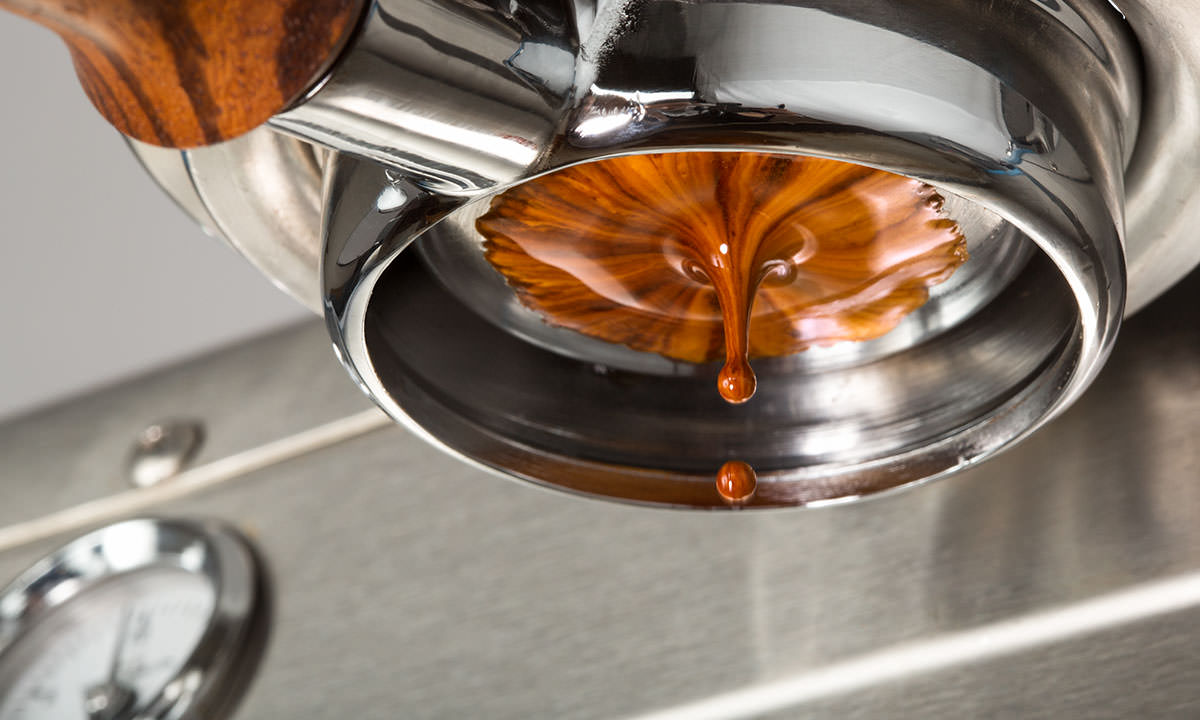Making a good espresso coffee is a real science. And the latter is a real pleasure. Every coffee we make is slightly different and we try to understand the small detail that influenced his coffee, why we found it better. We test different settings of mills, different quantities of coffee, a more or less long prebrewing…
Rest assured, what I just described is really for the ultimate case. To make a good espresso coffee, there are a few little tricks to follow. If you are completely beginner in the field, I invite you to check out the video “for Beginners” added at the end of the article. This video gives some indication of the extraction time, how to know if the coffee is properly extracted…
But first of all, an espresso is what?
An espresso or espresso (from Italian espresso, extracted by pressure) is a strong coffee with a high aroma, obtained by percolation under pressure, i.e. by rapidly passing hot water under a pressure of 9 bars through roasted coffee Finely ground. The specialist in the making of espresso is the barista.

Overall, a good espresso must meet the following requirements:
The presets I indicate can vary from machine
- An extraction time of 23 to 26 seconds
- 36 to 40 ML with Creama
- Pressure of 9 bars
Some machines indicate pressures of 15 bars and 19 bars (Nespresso). Why machines have pressures of more than 9 bar while the professional espresso machines operate at 9 bar? The reason is simple, they cheat a bit by increasing the pressure to try to have a “crema” is a say a mixture of foam and crema. They had to do this because the coffee was ground long in advance and does not have the same properties as a coffee that has just been ground.
To find out all the variables that may influence your espresso, I invite you to consult this article that speaks in detail.
What is the crema of a coffee?
The crema is the small layer of hazelnut color with some slightly darker reflections than is found over the coffee. It is made up of oils, proteins and sugars and allows to preserve the aromas while maintaining the temperature of the coffee. It must be dense, uniform, smooth and not present bubbles on its surface. Its ideal thickness is a few mm and should not disappear when you lean the cup on the sides.

How to get a good crema?
A real creamer is only obtained with a real espresso machine. That is, it is necessary to grind with a mill its coffee just before doing. The coffee is added in a filter that is not pressurized and if the settings are good, you will get a perfect crema.
Several parameters can influence the amount of crema obtained.
- The type of coffee used: the type of coffee used has a great influence on the amount of crema obtained. Generally, dark roasted coffee will give less. Also, avoid roasted coffees for coffee filters, as you will hardly get any crema.
- Find the right frame: the coffee must be properly grinded to the right size. If the coffee is ground too thin, the coffee will flow very slowly and the crema will end see no one. If it is ground too large, the water will flow too fast and you will not have crema.
- Pack your coffee homogeneously: Before you pack your coffee, it is recommended to distribute it evenly in the filter. This avoids having areas in the coffee patty or the water will be able to circulate more easily. Note that this variable, often forgotten, has a certain influence on the extraction of your coffee.
- Find the correct extraction temperature: the temperature can have an effect on the formation of the crema. But usually the temperature is adapted with the taste of the coffee.

The extraction of a perfect espresso
The video below shows, in slow motion, the extraction of a perfect espresso. The Brista who made this video uses a butterless filter holder (i.e. without a beak). I like to use it when I sink only one espresso, because the visual is prettier and I find that I get more creama with.
To have such a result, you are obligated to own a coffee grinder and a real espresso machine (I do not mean an espresso machine that does not require a pressurized filter).
And I can guarantee you that when you do something like this in front of guests, it has its effect.
For beginners in the making of an espresso
If you are a beginner in the creation of espressos, I invite you to watch this video that gives a few basics to make your espresso successful.


Leave a Reply